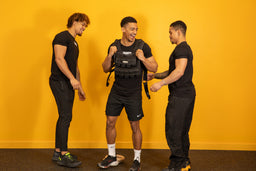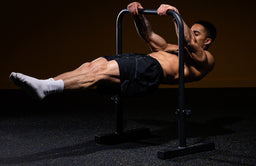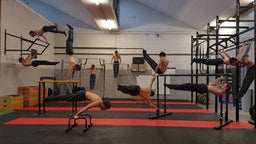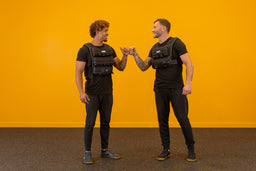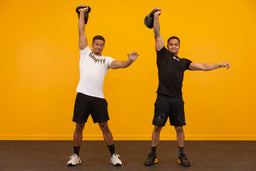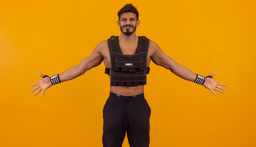
What are the downsides to calisthenics?
What are the downsides to calisthenics?
Is it OK to only do calisthenics workouts
Can calisthenics replace all other training
Calisthenics combines strength training (using your bodyweight and gravity) and mobility work as you move your joints through their natural range. You can make calisthenics tough enough to replace cardio and conditioning work.
Are there any risks to calisthenics
Any type of activity carries risks, including minor injuries like sprains and strains. But calisthenics is low-impact on the joints and doesn’t require you to lift up heavy weights or put your body under heavy external load.
Take time to learn calisthenics movements properly, and strive for good technique, and it will be a very safe way to work out.
Is calisthenics safe for beginners?
You don’t need gym access or special equipment to do calisthenics, you don’t need to already be fit or strong, and you won’t need to find hours for lengthy workouts. One of the best things about calisthenics for beginners is that there are hundreds of possible exercises to learn. You can go at your own pace and take it as far as you want. Simple bodyweight exercises like squats, push ups and dips are calisthenics! Calisthenics is great for beginners to learn, and can be scaled up indefinitely for advanced and elite practitioners. It is low impact, so you can do it regularly without needing loads of time to recover. It builds strength, muscle, stability, and full-body mastery. And it helps burn calories to keep you lean. But there are some downsides to calisthenics, so pay attention to these reasons why calisthenics might not be for you. If you have a very specific training goal, clearly you’ll want to focus the majority of your time on training the skills, strength, or endurance you need. But calisthenics still has a place, either as strength training (for endurance athletes) or as recovery sessions (for strength and power athletes). If your main goal is getting as big as possible, bodyweight calisthenics isn’t for you. Calisthenics simply can’t build the bodybuilder-type of mass muscle that you need without adding weight. Your training should focus on weighted Calisthenics and include free weights and weights machines with a mix of compound and isolation exercises. One of the main criticisms of calisthenics is that it’s not a true full-body training style because there are no direct leg exercises. Whist it is difficult to do heavy leg training with calisthenics, it’s definitely possible to train your legs! Most calisthenics exercises work more than one body part at a time, unlike traditional strength training. A press up works your chest, shoulders, triceps, core and abs. Pull ups and ring rows work your back, core, and arms. Muscle ups work your back, shoulders, chest, triceps, core, and hips. All good calisthenics athletes make sure their workouts include leg-focused bodyweight exercises. You can do the same. Air squats – bodyweight squats that use your body as load. Play with foot positioning and tempo to make these harder. Pistol squats – one-legged squats that put the work through your standing leg. Learn by holding on to a support and squatting down to a box, progress to doing them freestanding. Cossack squats – very wide stance squats where you squat down onto one leg with the other one out straight (a supported variation of a single-legged squat). Lunges – choose from a variety of lunges including static or walking lunges to challenge your legs. Sissy squats – challenging bodyweight squats where you lean your torso backwards and send your knees forward and down towards the floor. Gravity Fitness is the UK’s favourite supplier of top-quality calisthenics equipment you can use at home, in the gym, or on the go. Check out our online store for the best calisthenics kit for your training.Pros and cons of calisthenics
You train for a specific sport or competition
You want to get stacked like a bodybuilder
How to train legs with calisthenics
5 calisthenics exercises that train legs
